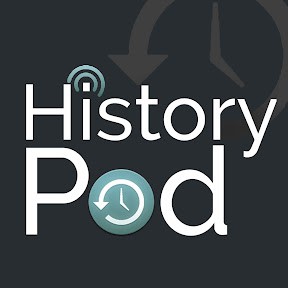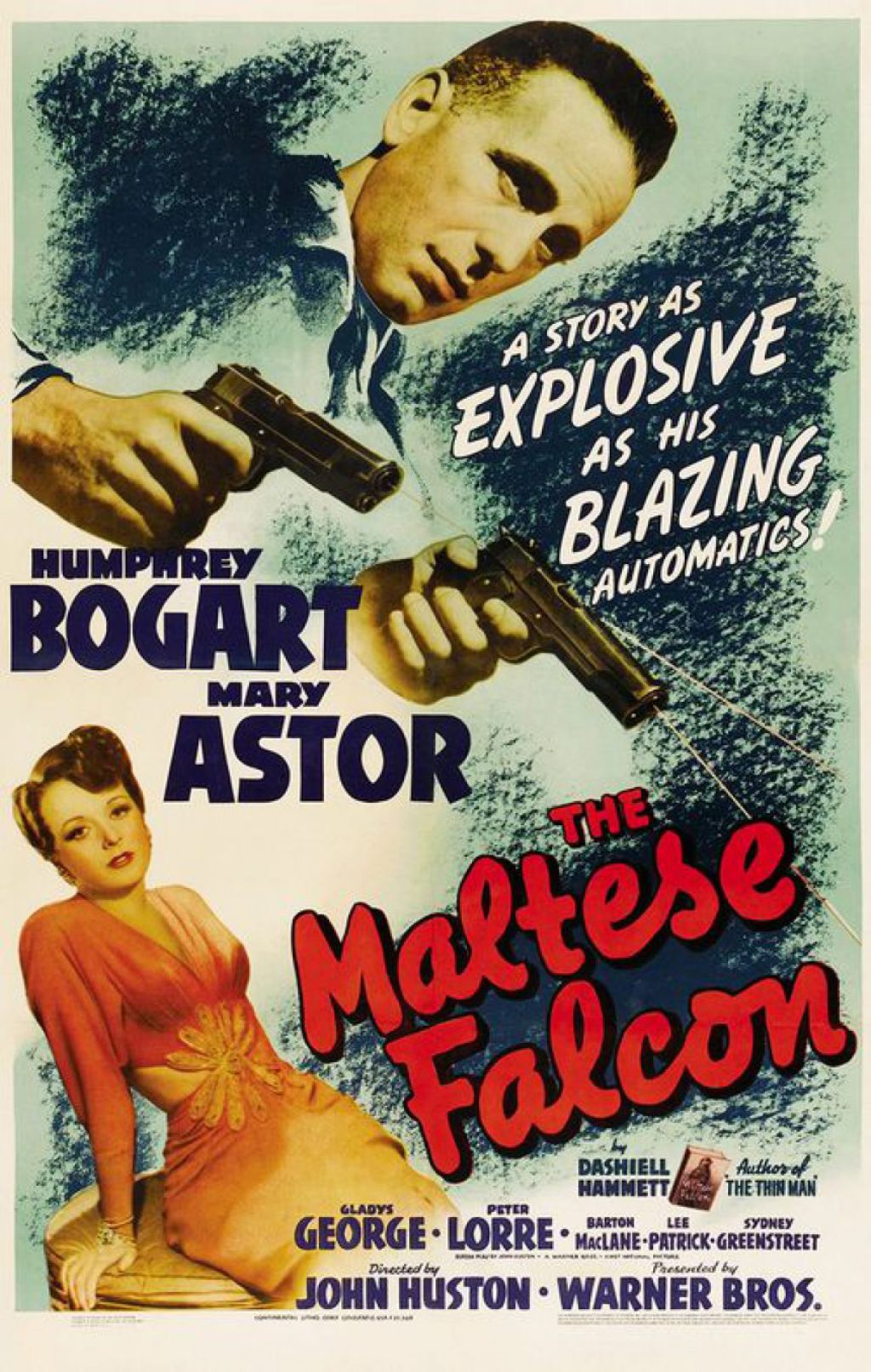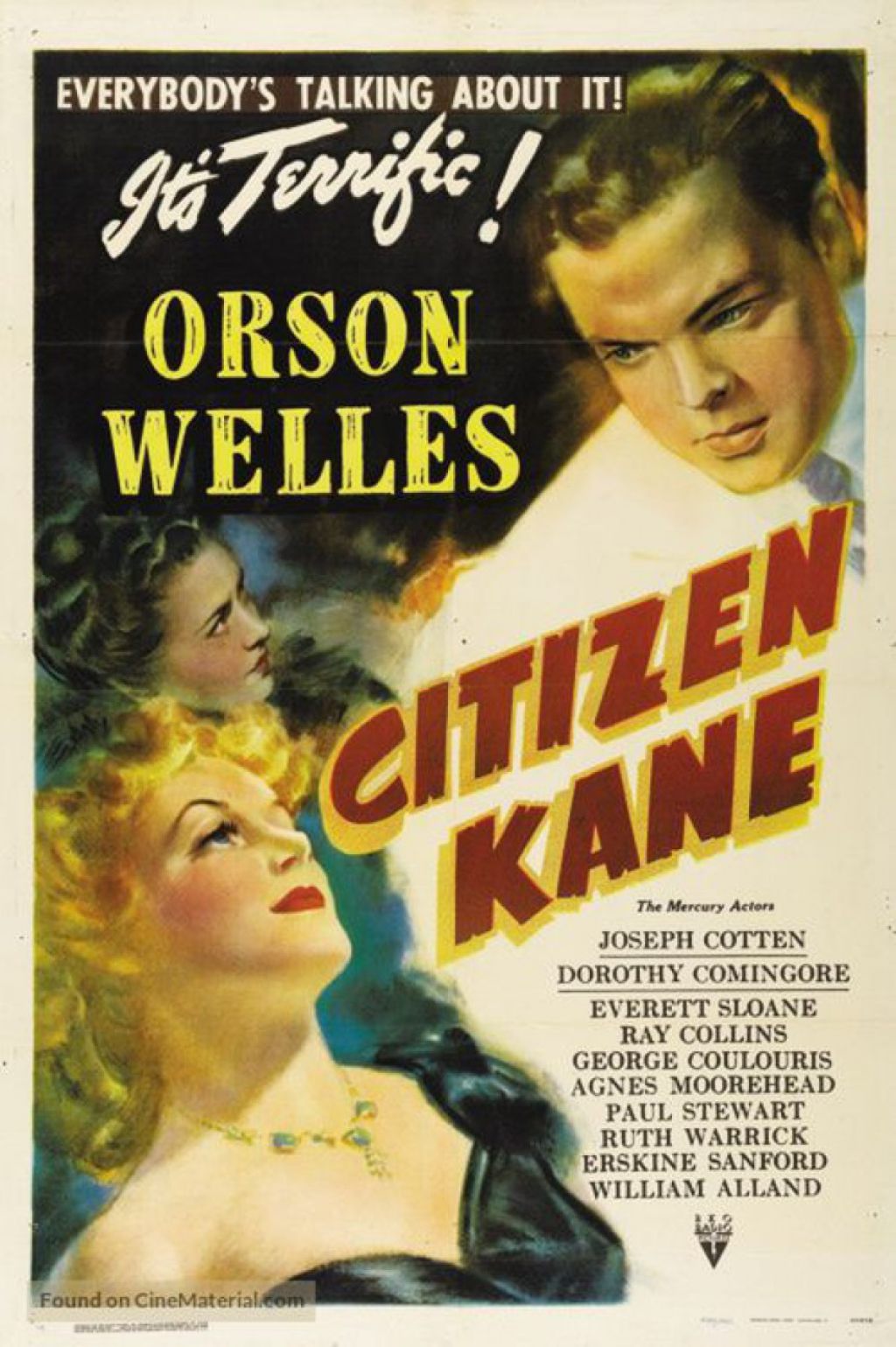Roosevelt and Churchill issue the Atlantic Charter (1941)
More than three months before the Japanese attack on Pearl Harbor, the leaders of the United States and Great Britain met aboard ships in Placentia Bay, off the coast of Newfoundland. Codenamed Riviera, the Atlantic Conference was the first time the two m
First among these was an agreement that neither country would seek to expand its territory in the aftermath of the war, and that they would help to re-establish borders in accordance with the will of the people living in those areas. Most importantly for the direction of future world politics, however, the published Charter was widely accepted by the Allied nations and laid the foundations for the modern United Nations Organisation.
The document was initially published as the ‘Joint Declaration by the President and the Prime Minister’ and only became known as the Atlantic Charter thanks to the press. At the time it acted as a symbol of America’s moral support for Britain against the Axis powers, but failed to persuade the American public to support joining the war. Furthermore the promise of self-determination to Nazi-occupied territories raised tensions between Britain and her colonies since many subjects demanded similar rights for themselves.
Of the Axis powers, it was arguably Japan that felt the most threatened. Believing that the Charter set the scene for a new Anglo-American alliance, the military soon adopted more aggressive policies that culminated in the attack on Pearl Harbor in December that year.









































